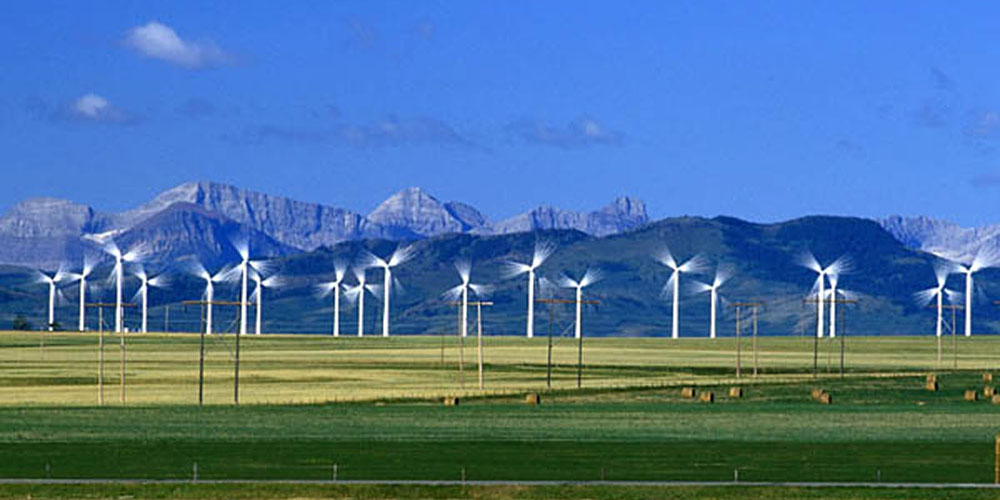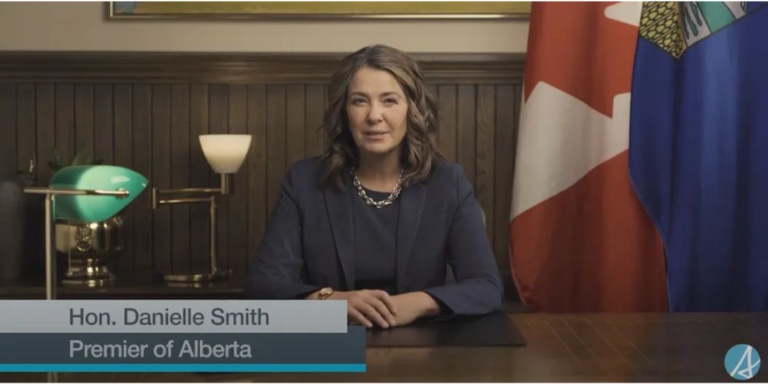Our province is lucky to have abundant, varied and beautiful natural landscapes.
It makes sense for our leaders to create rules to protect these areas, mainly to keep them pristine, for everyone’s benefit.
However, there’s some debate over what counts as an eyesore when it comes to infrastructure and development in our natural landscapes.
People’s tastes, or aesthetics, are pretty subjective—one man’s trash is another man’s treasure.
Some people might find a golf course in the mountains something that wrecks the view, while others may find the same course wonderfully appealing.
In February, Premier Smith announced 35-kilometre no-go zones around what the government defines as “pristine viewscapes.” This includes the entire length of the Rocky Mountains.
However, the widely different rules for other energy infrastructure have sparked hot debate over how development impacts the appeal of our natural landscapes.
Double Standards
Premier Smith’s government has stated that new renewable projects shouldn’t impact our “pristine viewscapes.” They’ve applied stringent rules and even banned where new projects can happen.
It’s a cautious and historically on-brand conservative approach.
The problem is that regulators only apply such stringent precautions to renewable developments – not all new energy developments.
There are few restrictions on where oil and gas development can take place. From a practical point of view, only national and provincial parks are currently off-limits to both types of developments.
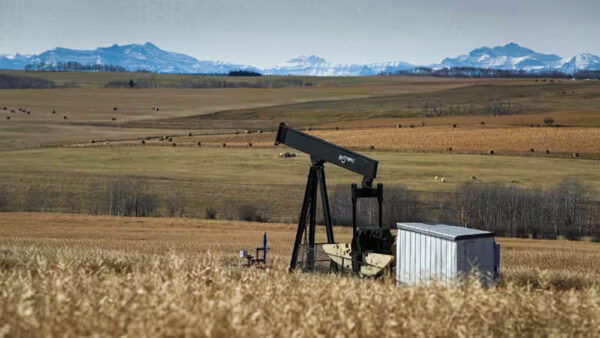

No matter how ecologically sensitive, naturally beautiful, or pristine, all other areas of the province are open to oil and gas development.
For example, the McClelland Lake Wetland Complex in northeast Alberta rivals the scenic beauty of the most famous sites in the Canadian Rockies.
Still, the Alberta Energy and Utilities Board (AER) has approved an oil and gas project which would excavate almost half of the wetland.
Smith’s government has cited the need to protect agricultural land as a priority.
They should get an “A” for ambition but an “F” for delivery as they’ve applied no similar restrictions on oil and gas development.
A recent release by the Alberta Wilderness Association said: “Oil and gas is allowed on all agricultural classes in Alberta, despite the large land mass required for conventional oil and gas and the extensive damage to soil and water from contamination. It can take decades to remediate contaminated…[and] barely any security has been collected.”
Abandoned and orphan wells also continue to litter some of our best farmlands, along with prairies, parklands, foothills, mountains, and boreal forests.
The oil and gas industry spent only $696 million on reclaiming wells last year, while it raked in a record-breaking $269.9 billion in profits. How’s that for prioritizing something? … or not.
Overall, government and energy regulators treat the oil and gas industry with a very gentle hand, but a similar approach is not extended to all energy sectors.
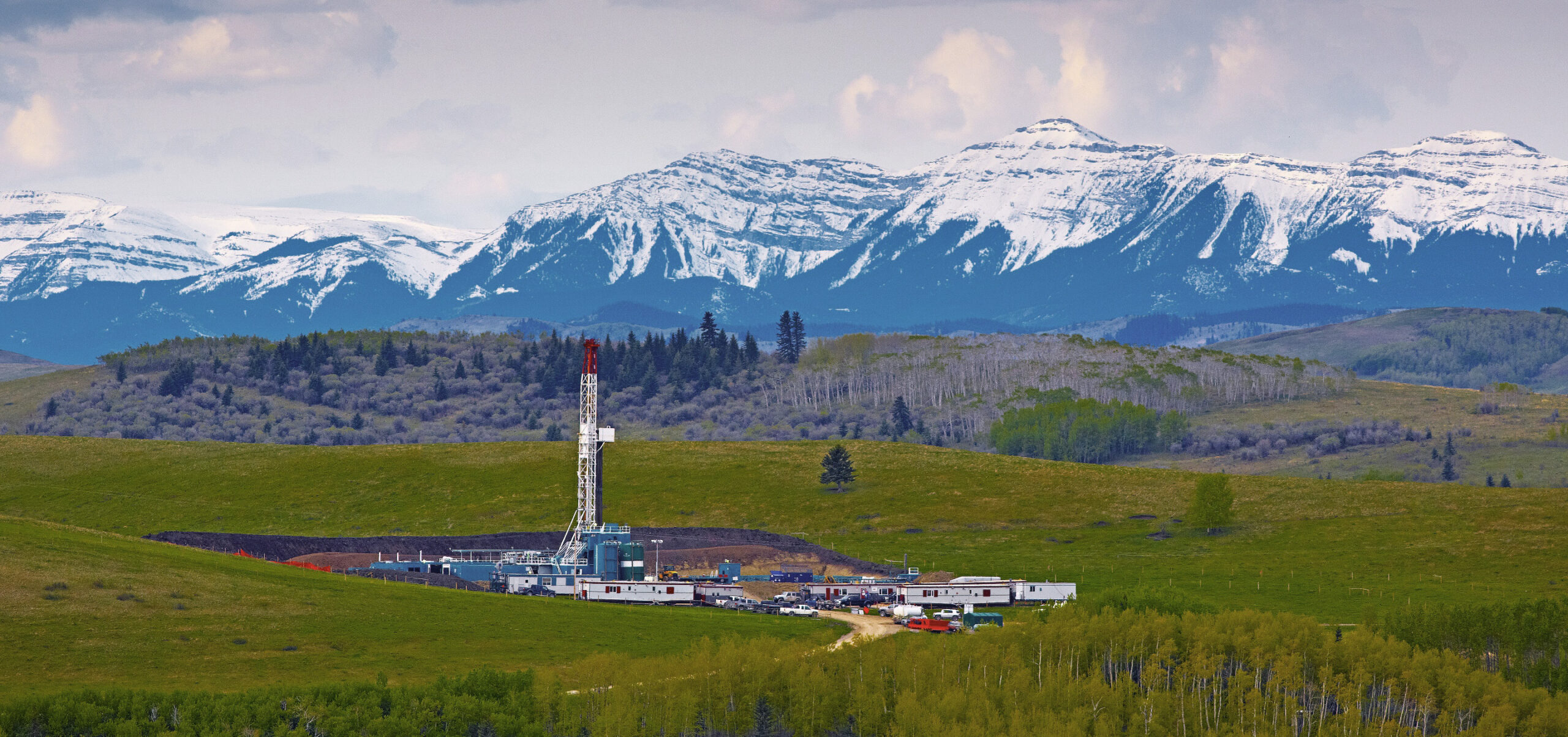

Renewable Restrictions
When it comes to renewables, there is no free pass.
The Alberta government has released a no-go map for renewables, areas where new wind and solar projects will not be allowed in the province to prevent infringement on ‘pristine viewscapes.’
The province has yet to define ‘pristine viewscapes,’ but it released a map of ‘buffer zones’ and ‘visual impact assessment zones’ for renewable projects to help clarify the situation.
“We need to ensure that we’re not sacrificing our future agricultural yields, or tourism dollars, or breathtaking viewscapes to rush renewables development through,” Premier Danielle Smith told a press conference in Edmonton.
Under the newly imposed rules, renewable projects are also banned on prime agricultural land unless any potential crops and livestock can coexist with wind turbines or solar panels.
The same goes for any land that the government deems to have good irrigation capability.
The province has also instituted a mandatory security deposit on all renewable projects to help with future remediation costs.
That makes sense; Albertans want to avoid seeing a renewable version of the abandoned wells crisis.
But guess what?
The same security deposit requirement does not apply to oil and gas.
That’s odd because, as renewable advocates point out, the sun and wind never run dry, but oil wells do.
“Mandatory security requirements for renewable energy development must also apply to the oil and gas sector,” said Ruiping Luo, Conservation Specialist with AWA.
Some Albertans are worried about the negative impacts of solar and wind on agriculture or ruining beautiful views, and they’ve made their voices heard.
However, this is a bit of a slap in the face for the many Albertans whose concerns about oil and gas projects impacting our environment have been ignored.
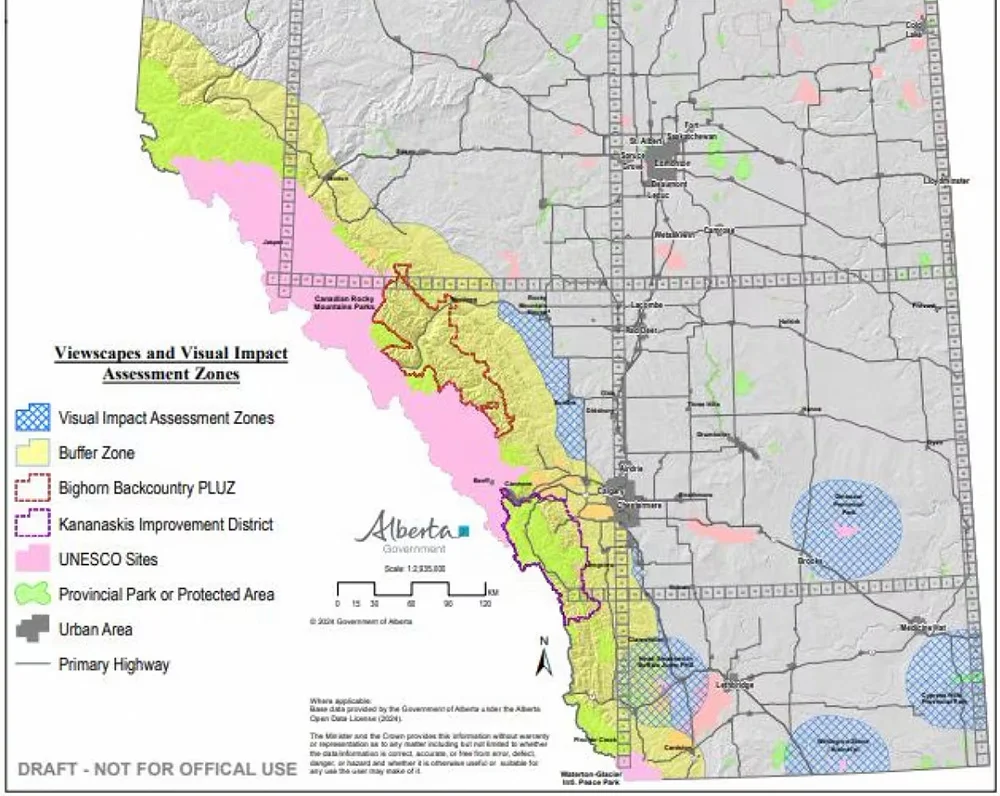

The Lesser of Two Evils?
So, back to our original query, what constitutes an eyesore on our pristine natural landscapes?
Of course, wherever you are in Alberta, when you’re looking out at the sunset, most of us want to see it free of any development blocking the view.
However, we all need energy, and there needs to be a balance between landscape protection and energy development.
But where energy projects are needed, we want fairness.
“There is a need for consistent regulation within the energy sector. Renewable energy should not be developed in sensitive ecosystems or in areas with high biodiversity. However, these restrictions must be applied fairly across all sectors, including the oil and gas industry,” said Alberta Wilderness Association.
In a perfect world, Albertans want both amazing unobstructed views and a robust energy sector.
Which view is more appealing, a landscape dotted with wind turbines or one dotted with oil and gas wells?
That comes down to personal preference.
For Danielle Smith’s government, their one-sided apply-only-to-renewables rules demonstrate they prefer oil and gas development in their ‘pristine landscapes.’
Ironically, the government can push for a project like Grassy Mountain Coal Mine, which will effectively remove the top off of a mountain but not allow wind turbines within 35 kilometres of the Rockies.
As University of Alberta energy economist Andrew Leach put it, officials’ double standards are not keeping up with the times.
“The irony is off the charts.”
Should oil and gas wells be part of our ‘pristine viewscapes?’
Or should all energy development be restricted from these areas?
What do you think?
